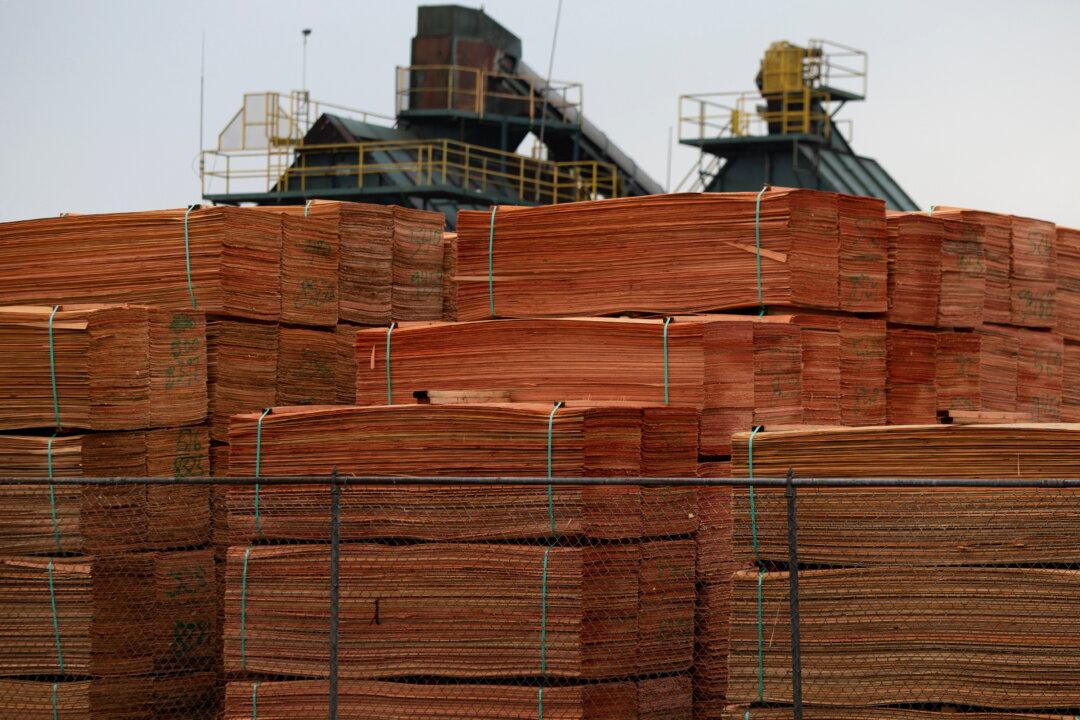Lumber prices have continued to decline after soaring by around 300 percent over the year in May, when they hit record highs and added around $36,000 to the cost of an average new single-family home.
As sawmills have ramped up output and buyers put off purchases, both spot lumber prices and futures contracts have seen a sharp drop since May’s peak of nearly $1,700 per thousand board feet, the unit of measurement for lumber in the United States.





